What is the Action of the Piriformis
The piriformis muscle is a small but significant muscle located within the gluteal region.
It is part of the deep group of muscles, alongside the obturator internus, gemellus superior, gemellus inferior, and quadratus femoris.
The other major muscle group in the gluteal region is the superficial group, which includes the gluteus maximus, gluteus medius, gluteus minimis, and tensor fascia latae.
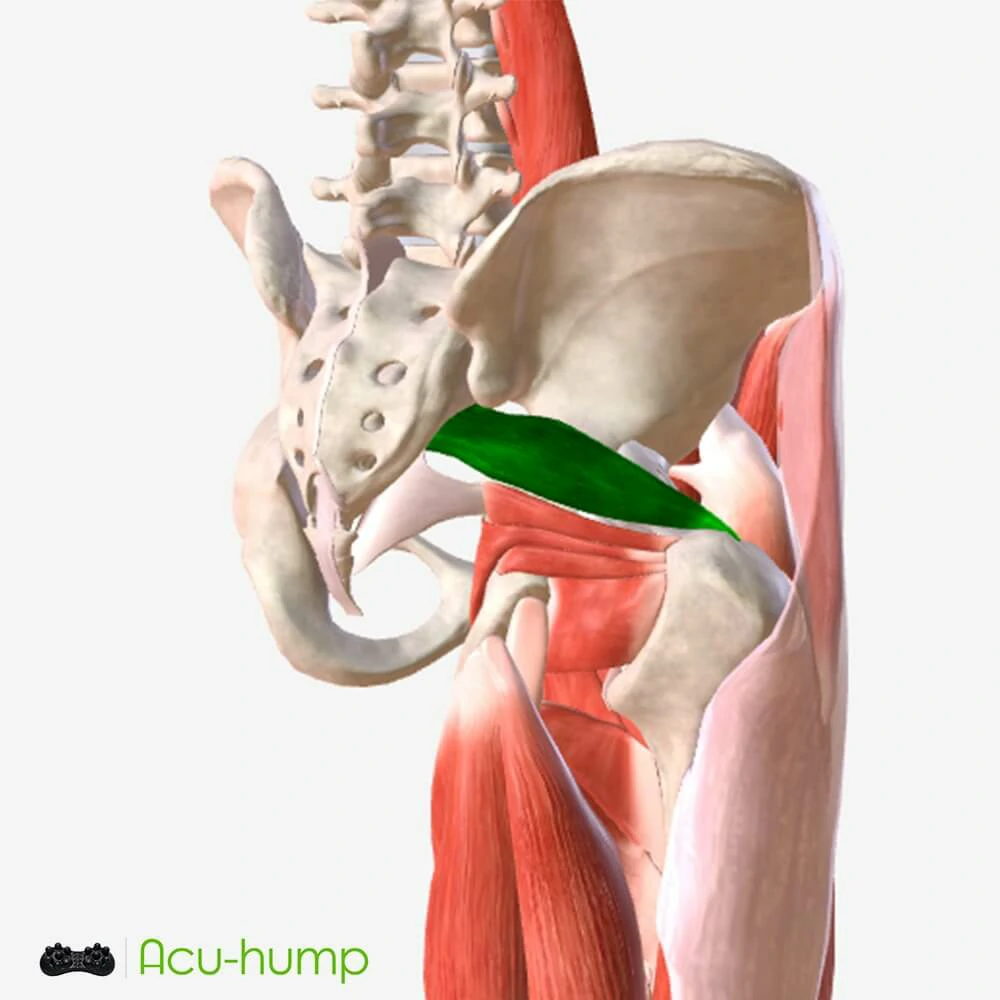
The action of the piriformis muscle is essential for proper lower body function.
Let’s take a look at the anatomical structure of the piriformis muscle. The piriformis muscle originates from the anterior portion of the lateral process of the sacrum and the gluteal surface of the ilium at the border of the greater sciatic notch. It inserts into the superior border of the greater trochanter.
While the piriformis muscle is one of the smaller muscles in the buttock region, it plays a significant role in lateral rotation of the femur at the hip joint. It is also responsible for stabilizing the sacroiliac joint. When the piriformis muscle becomes inflamed or irritated, it can cause Piriformis Syndrome, leading to pain and discomfort in the buttocks, hips, and legs.

What happens when the function fails?
While the piriformis muscle is essential for everyday actions, it can sometimes become problematic.
When the piriformis muscle fails, it can result in a condition known as piriformis syndrome.
This occurs when the muscle becomes inflamed or irritated, leading to pain and discomfort in the buttocks, hips, and legs.
Tight piriformis symptoms can include sharp pain, tingling, or numbness in the buttocks, as well as difficulty sitting, standing, or walking.

In addition to causing discomfort, it can also lead to muscle weakness and limited mobility in the affected area.
This can interfere with everyday tasks and limit physical activity, reducing overall quality of life.
If left untreated, piriformis syndrome can worsen over time, leading to chronic pain and possible long-term damage to the muscle and surrounding tissues.

How to maintain a healthy piriformis muscle?
In order to maintain optimal physical function, it’s important to take care of the piriformis muscle.
Incorporating low-impact exercises, self massaging, piriformis stretching, and yoga can help to improve flexibility and reduce the risk of injury.
Additionally, seeking guidance from a healthcare professional can provide proper care and treatment for any potential issues with the piriformis muscle.
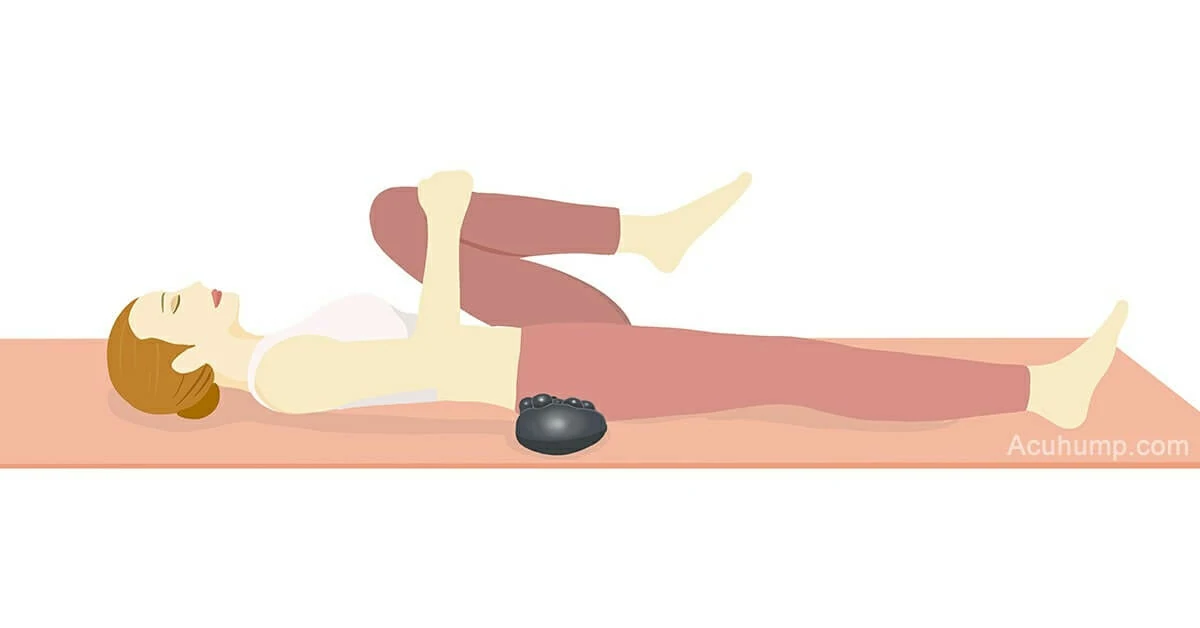
Acu-hump: Full refund policy. No risk for you.
How do you treat this discomfort?
There are many effective methods of treating piriformis syndrome, which include massage therapy, Acu-hump, physical therapy, chiropractic care, and low-impact exercises.
Massage therapy
Massage therapy is a effective treatment option, which works to loosen up muscle tension and improve circulation to the affected area. This can help to reduce inflammation and improve overall mobility.
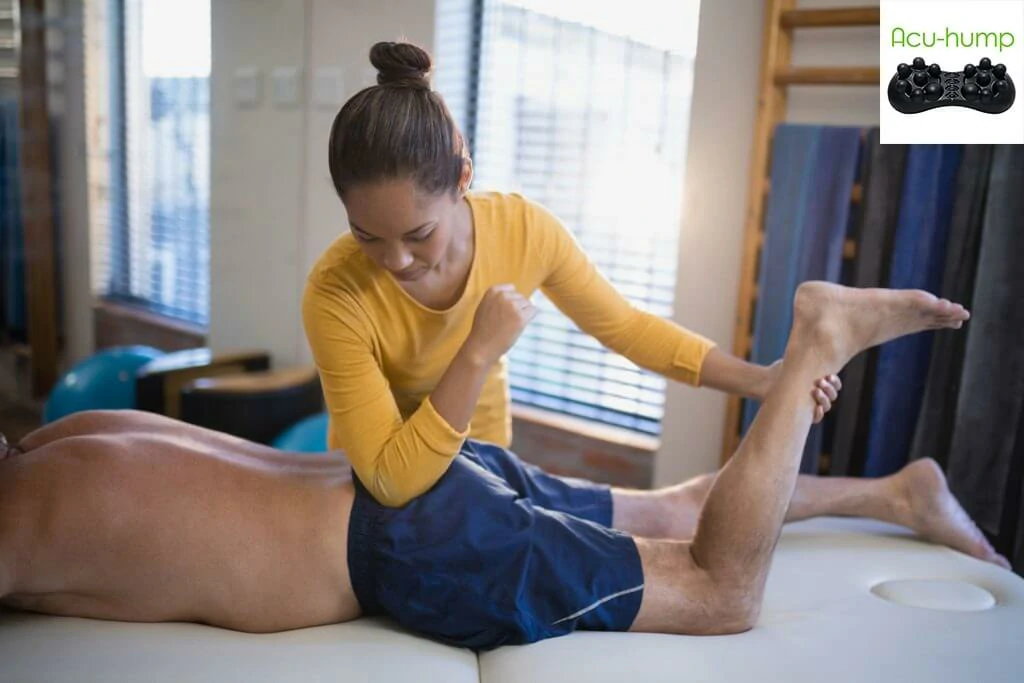
How Acu-hump to Heal Piriformis Syndrome Quickly
Another popular option is to use an Acu-hump a hip massage tool designed to release muscle tension by applying pressure to trigger points in the affected area.
This can help to break up tightness in the piriformis muscle, reducing pain and increasing flexibility.

Acu-hump® Relieve Piriformis Pain
Physical therapy
Physical therapy is a widely used treatment for the pain that involves specific exercises like stretching and strengthening to alleviate pain and improve function.
A healthcare professional can create a personalized physical therapy plan that targets the affected area- helping to reduce inflammation and improve movement.
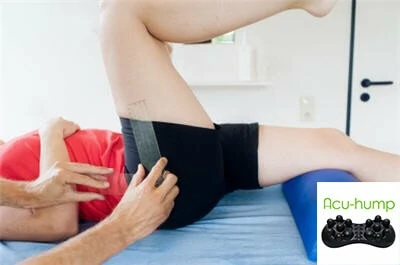
Chiropractic care
Chiropractic care is also beneficial in treating piriformis syndrome, which focuses on treating alignment issues and reducing pressure on the lower back and hips.
This can help to relieve pain and improve posture, reducing the likelihood of future injury.

Low-impact exercises
Lastly, incorporating low-impact exercises like stretching and yoga can help to alleviate symptoms and improve flexibility.
You can use Acu-hump to enhance your exercise results.
These exercises can help to reduce pain and improve movement, allowing individuals to return to their daily activities with a greater range of motion.

You can use Acu-hump to enhance your exercise results.
These exercises can help to reduce pain and improve movement, allowing individuals to return to their daily activities with a greater range of motion.
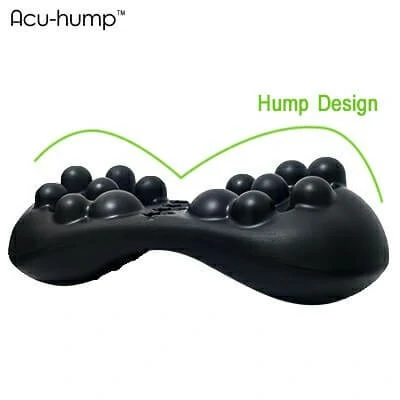
Acu-hump: 30-day return policy.
You have no risk.
You can determine if the piriformis muscle is weak through 6 tests. If piriformis is positive, with proper treatment and care, you can alleviate symptoms and reduce the risk of recurrence. Take care of your body and remember to listen to its signals to ensure optimal physical functionality.
Acu-hump: 30-day return policy. No risk for you.
